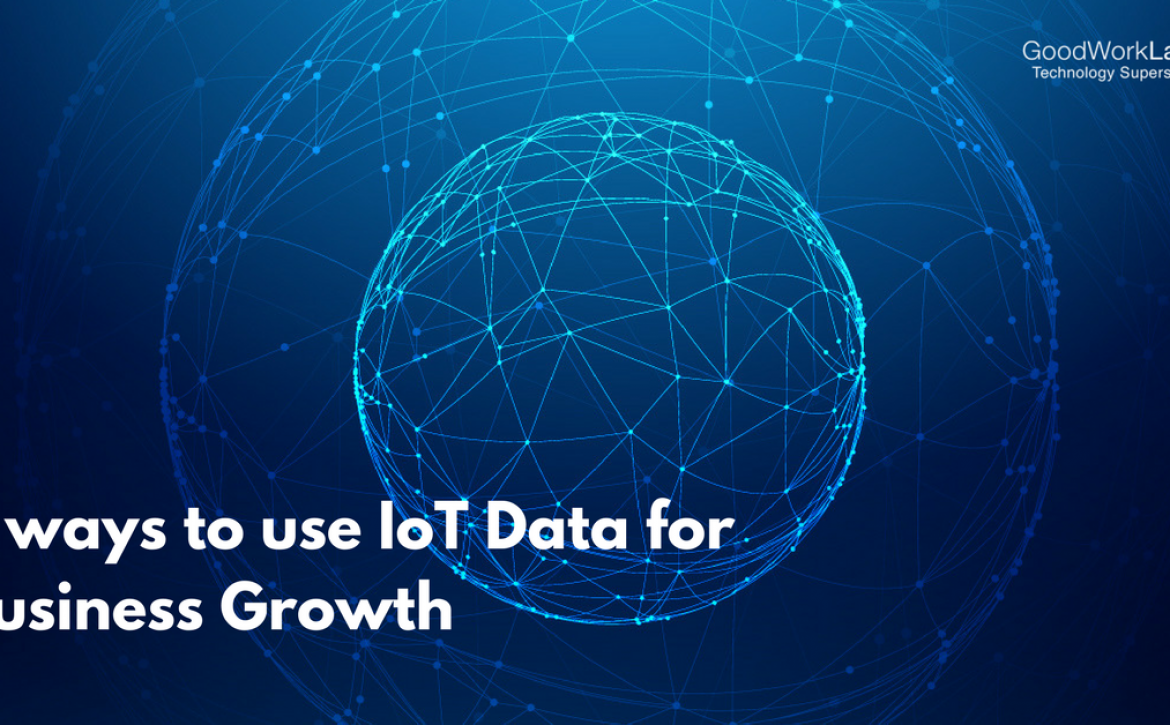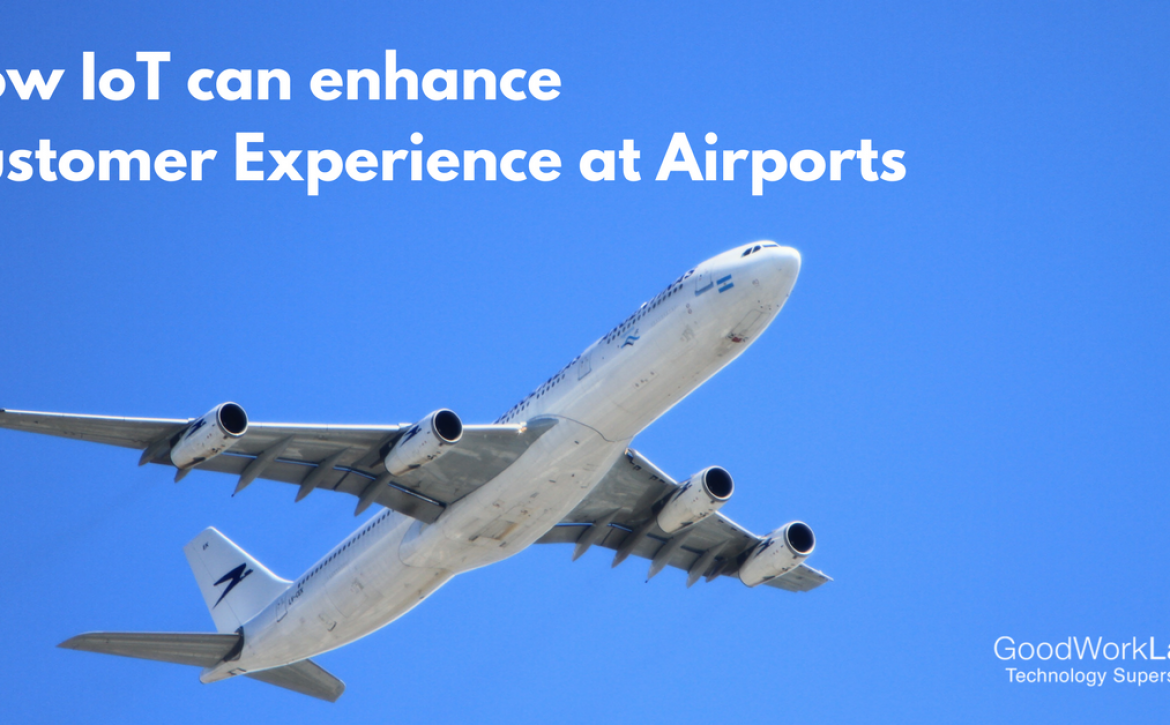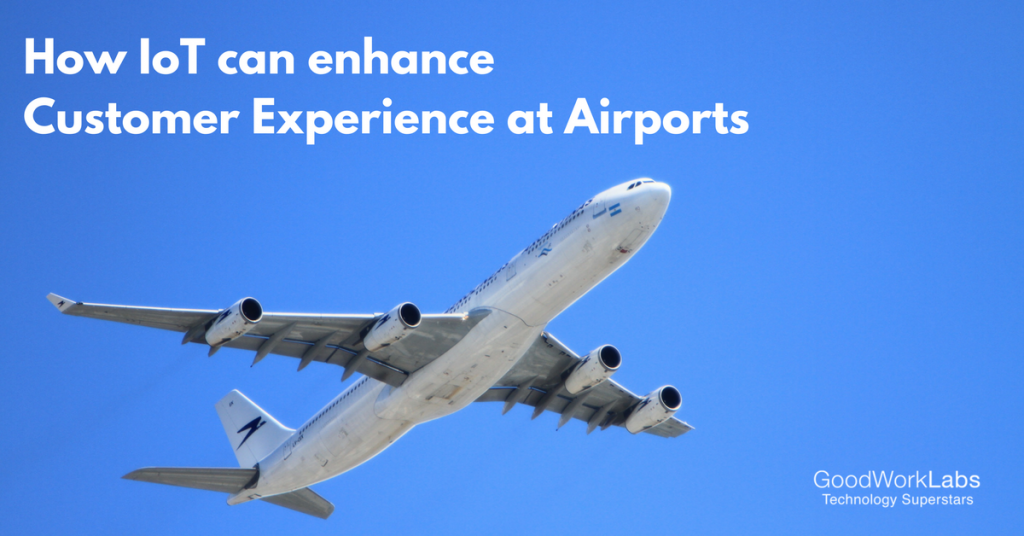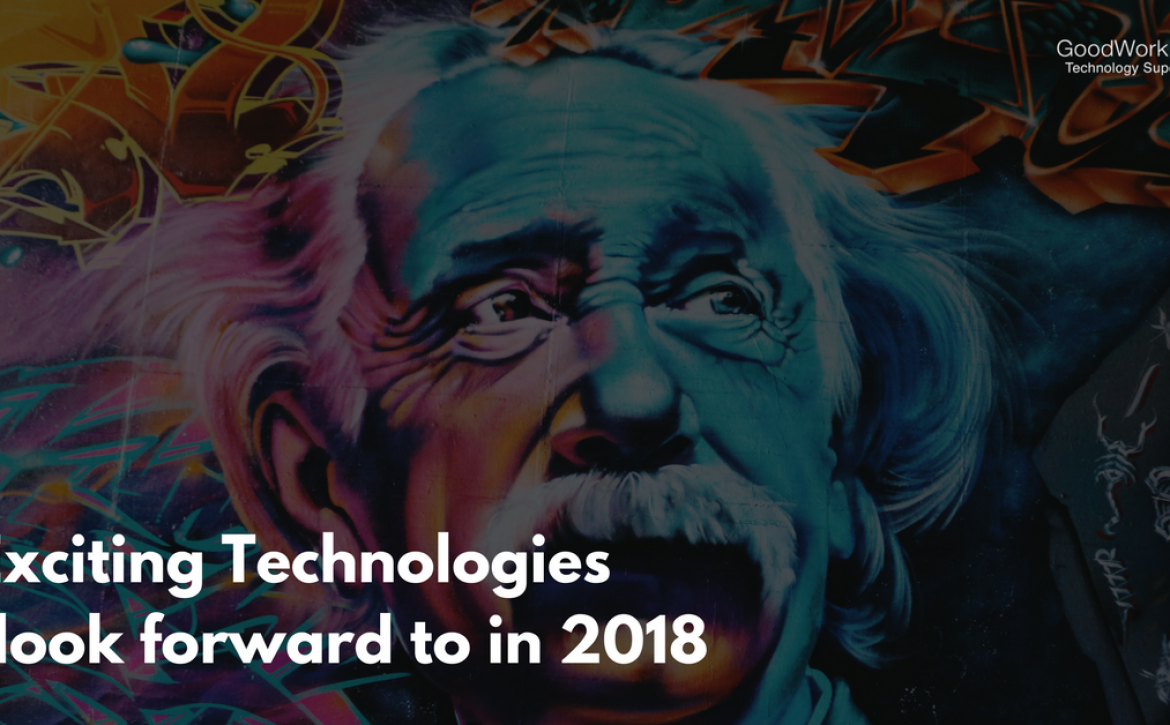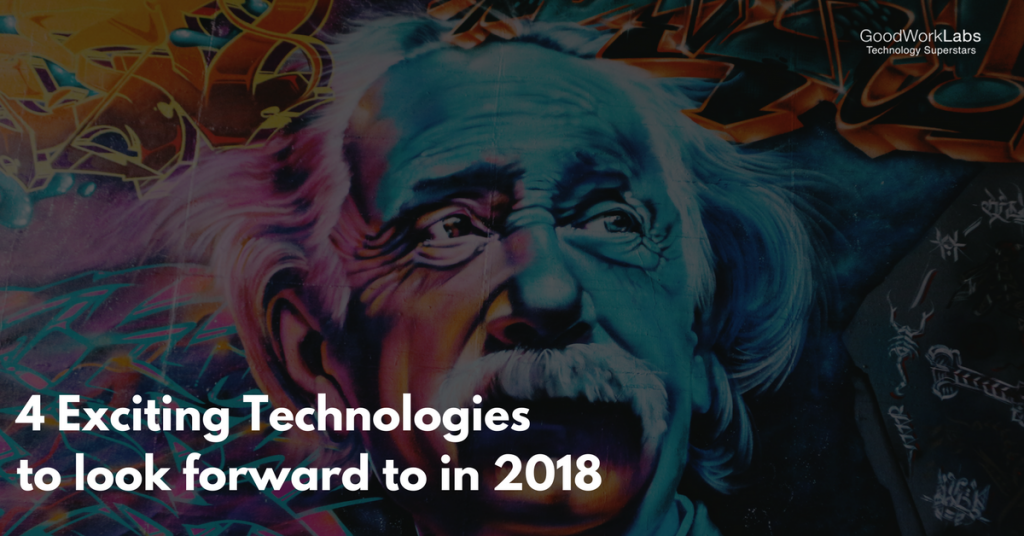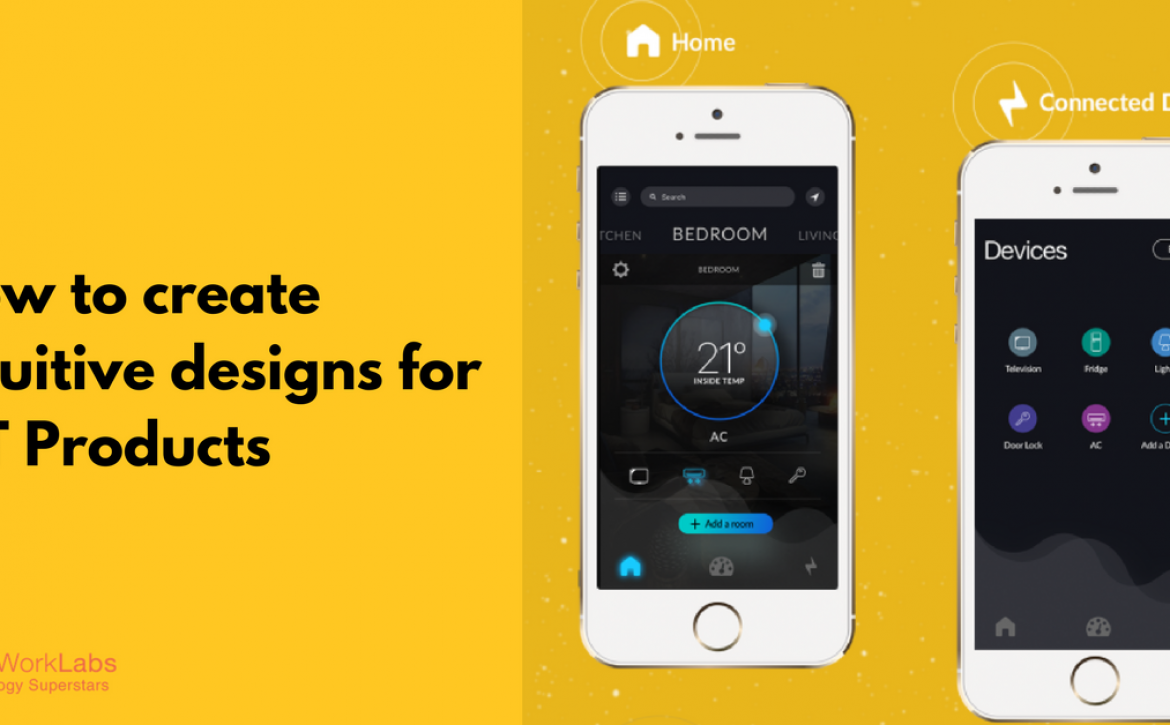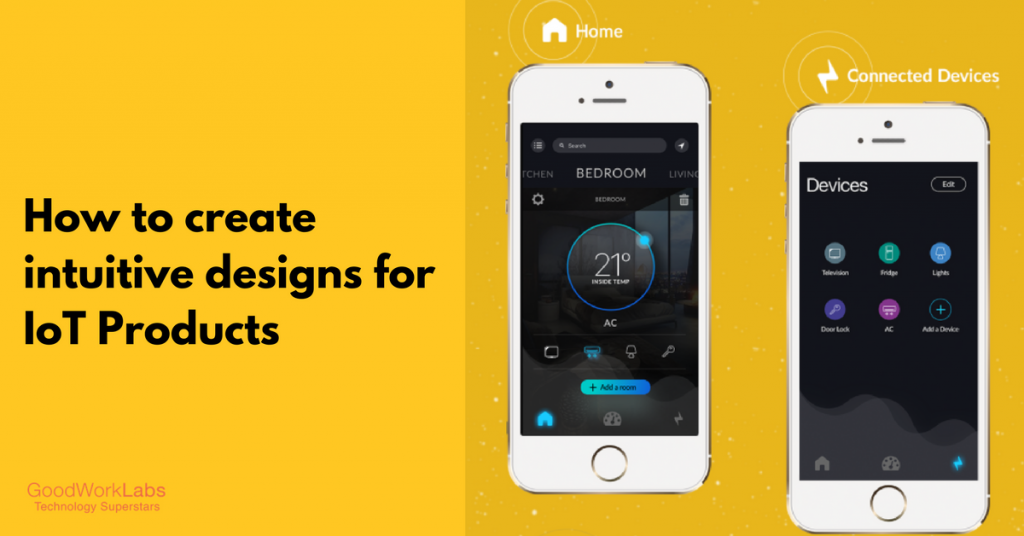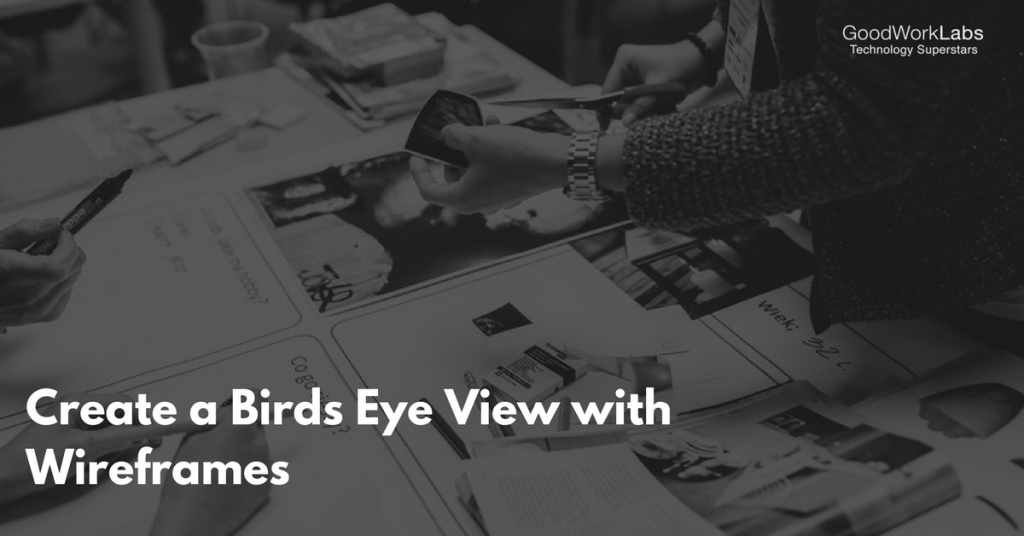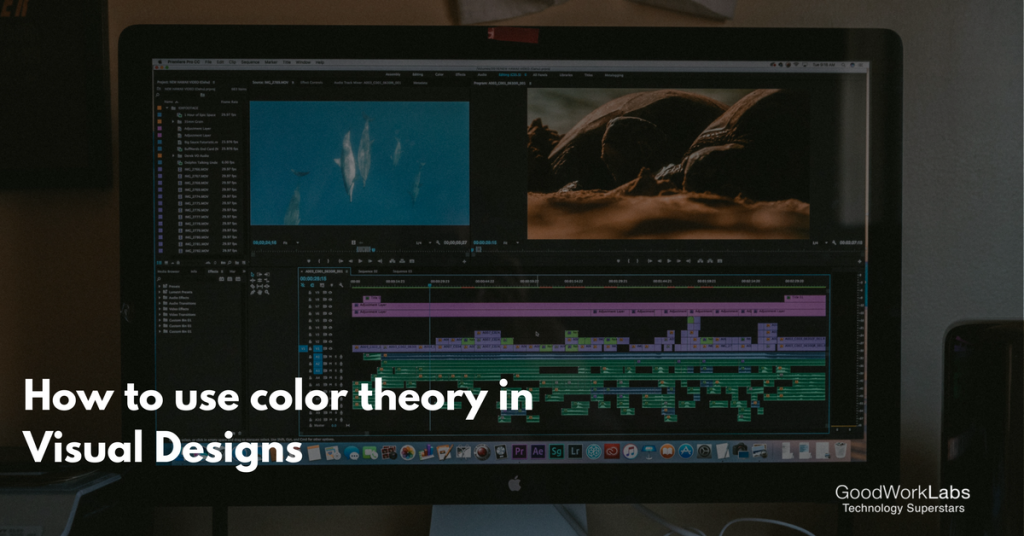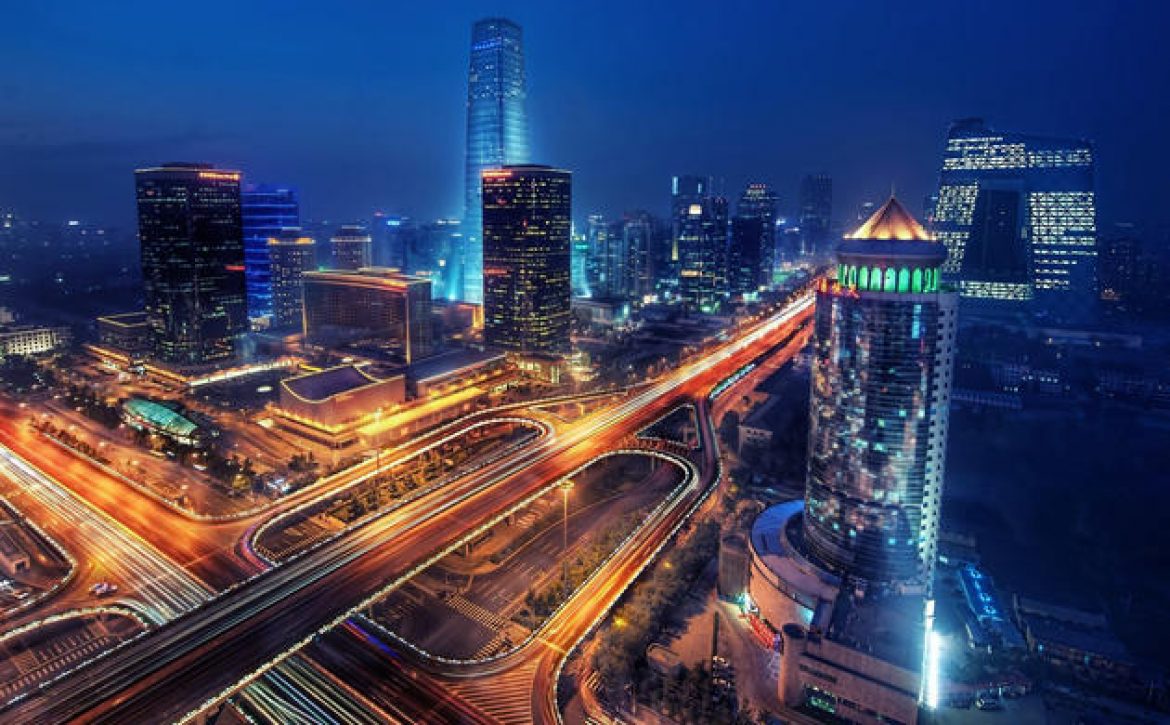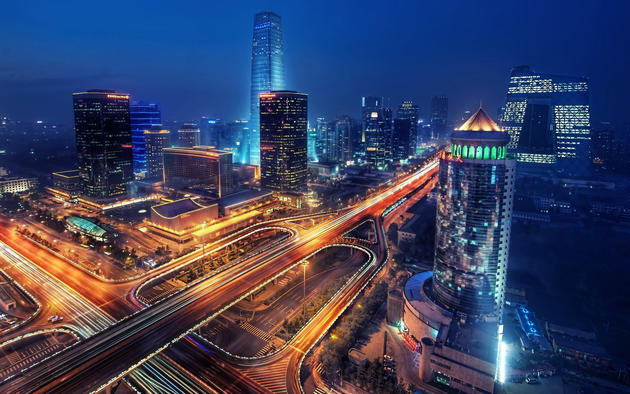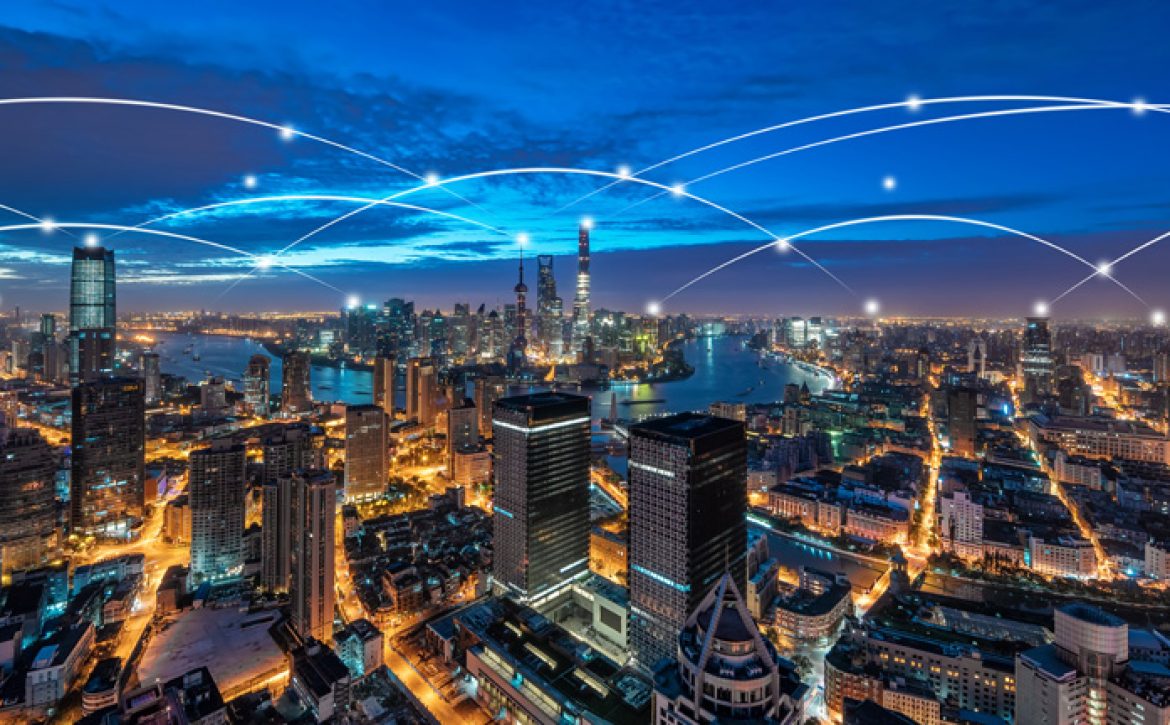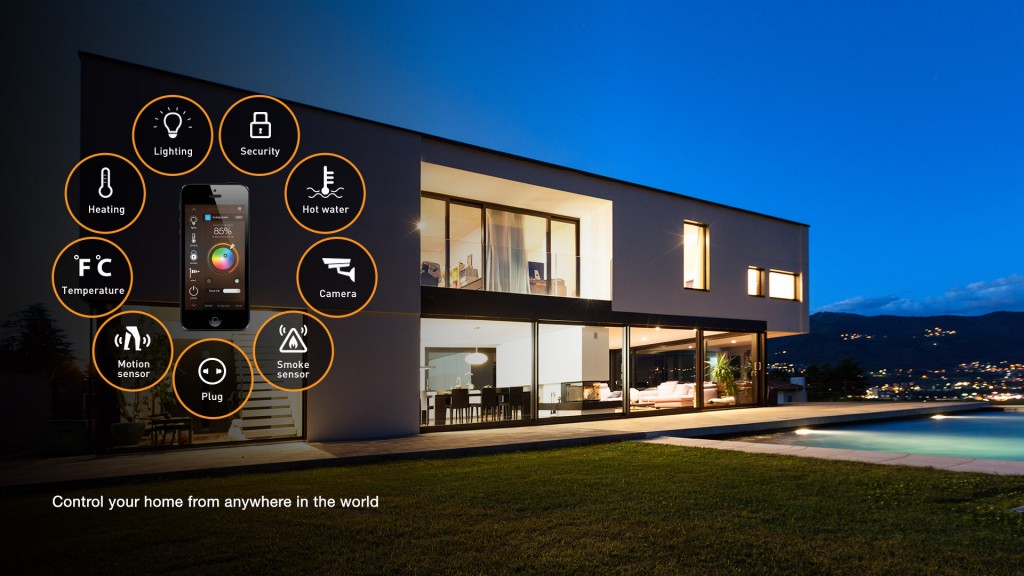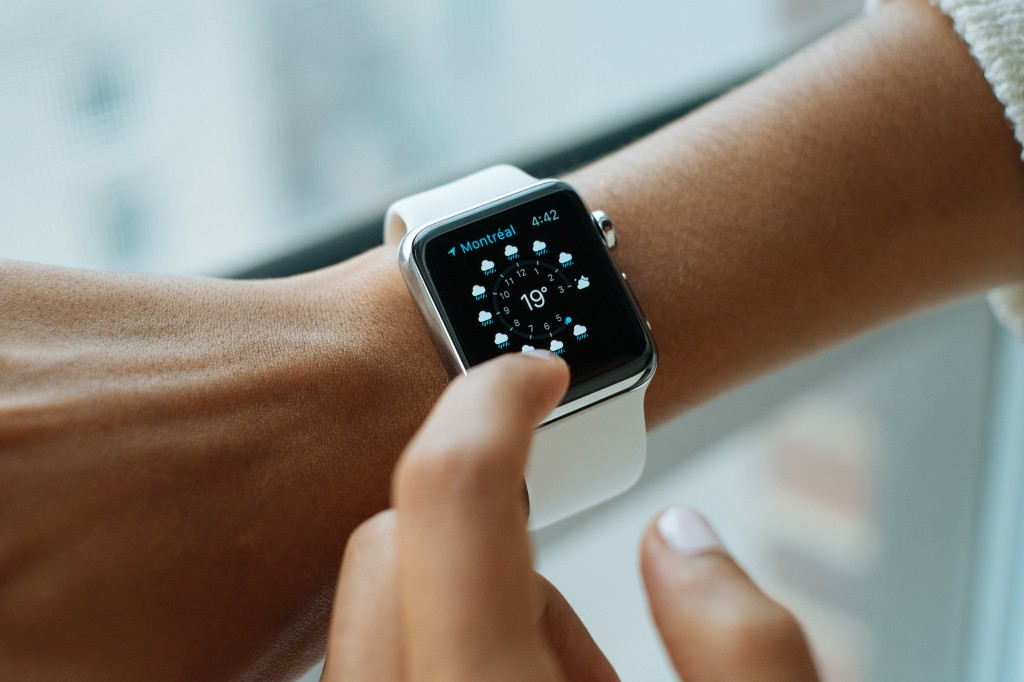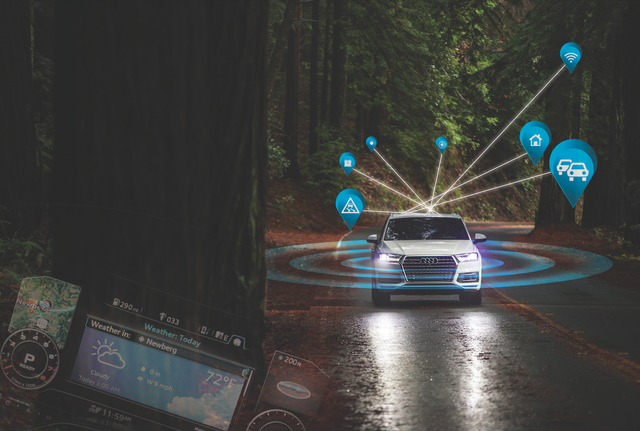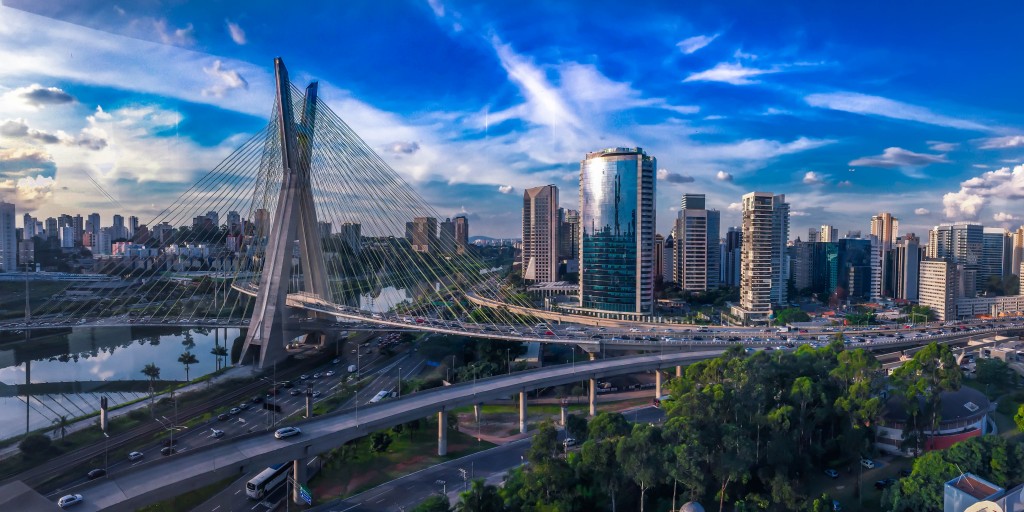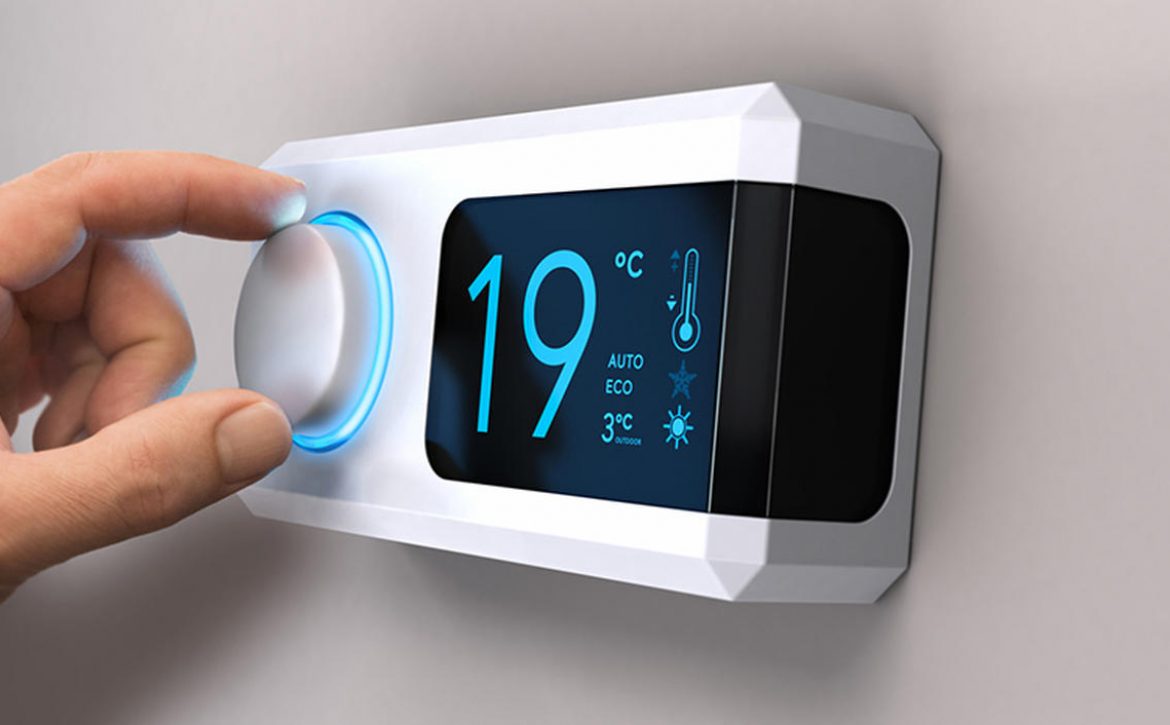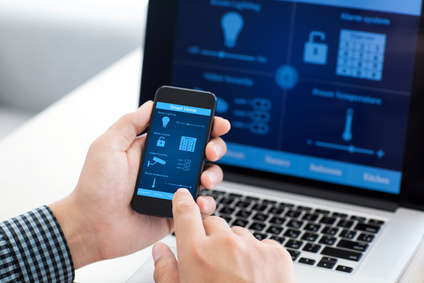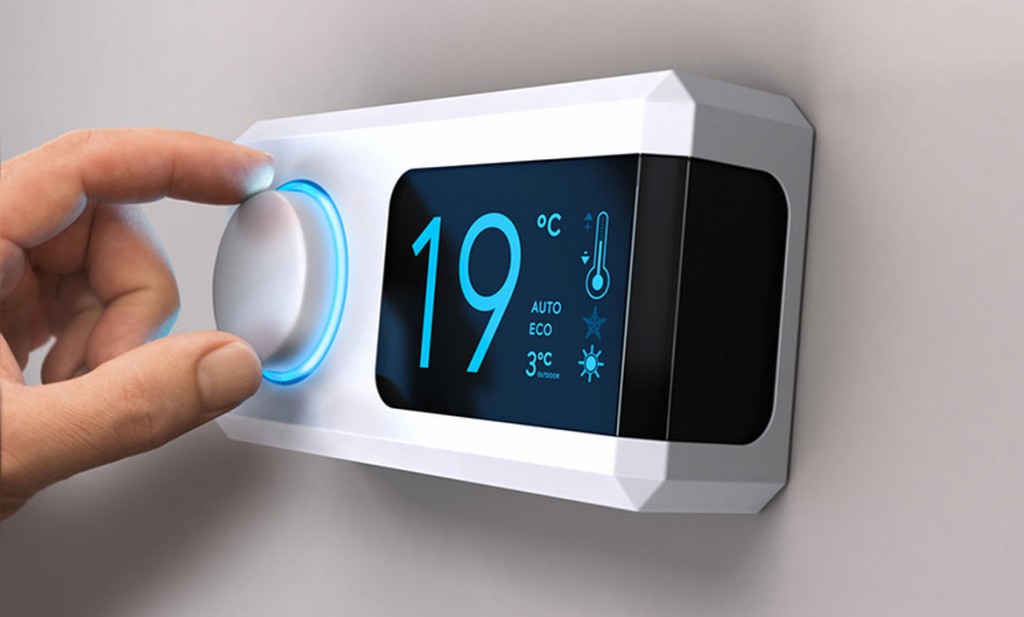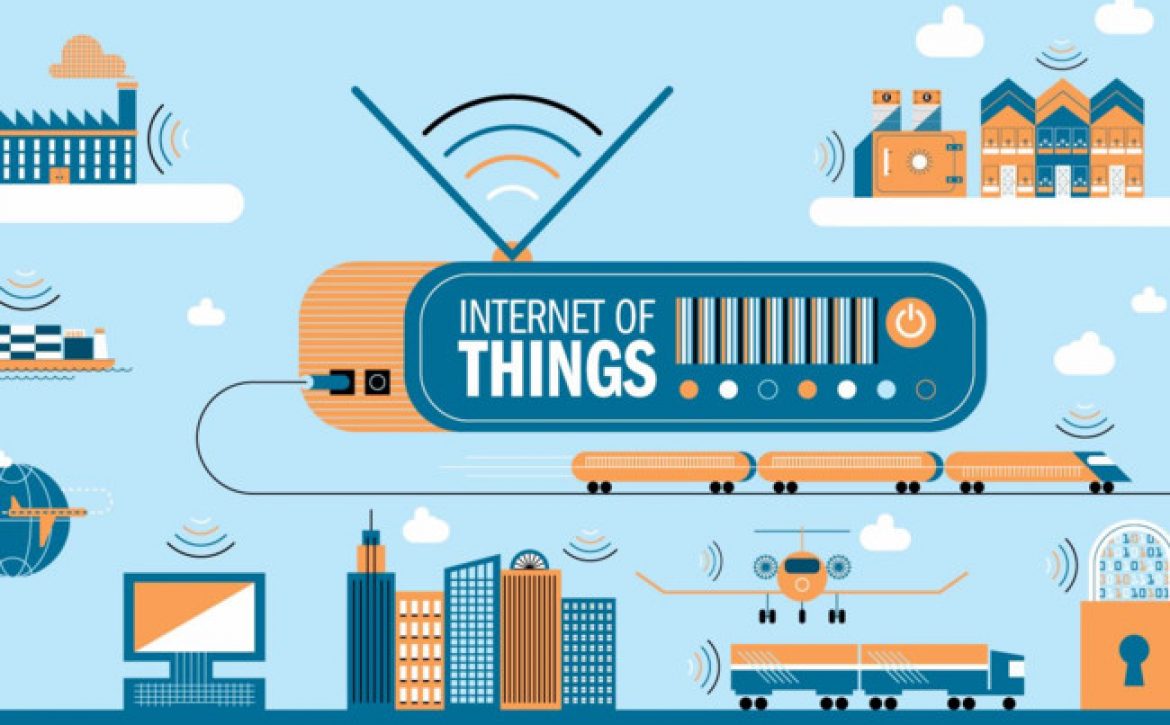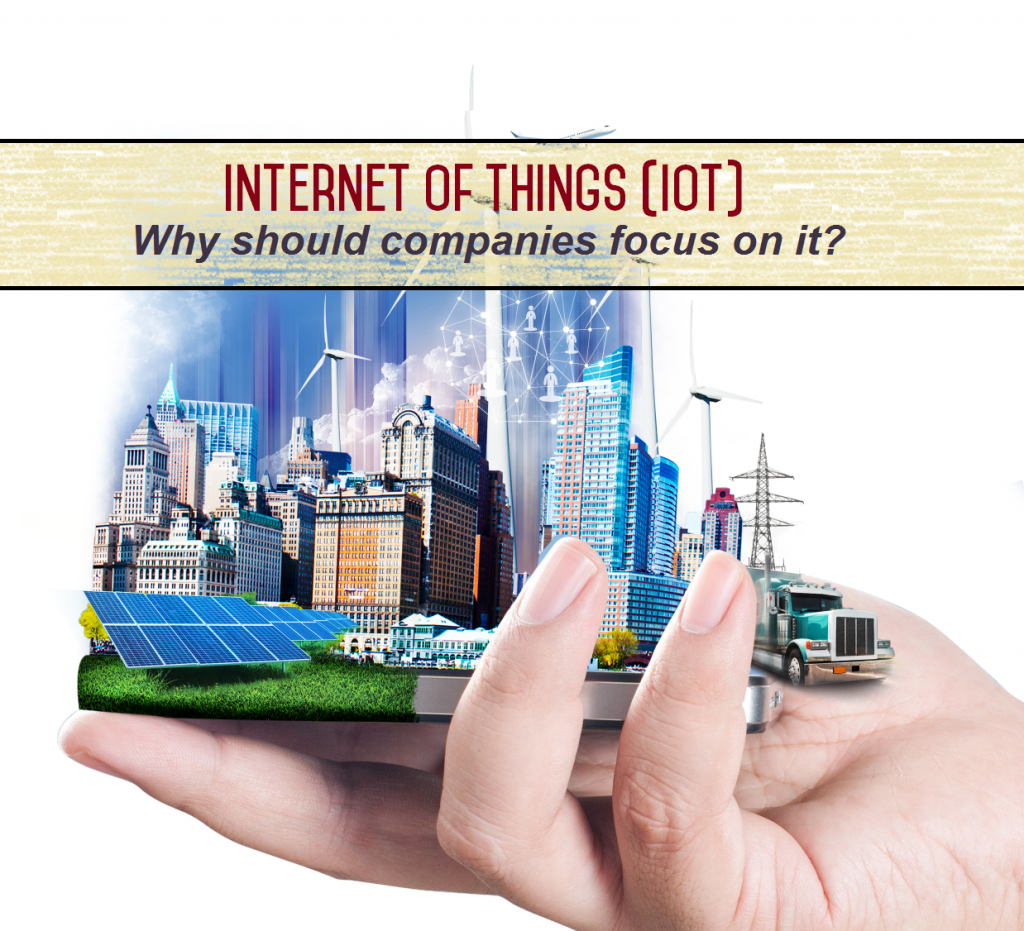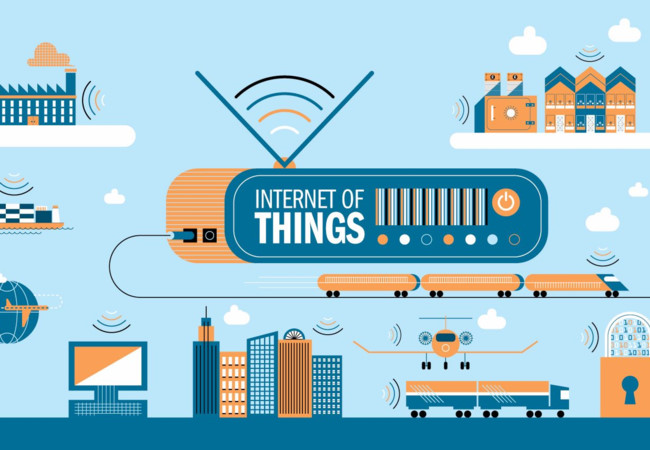3 Innovative Ways to Use Your IoT Data In 2018
How to effectively use data from Internet of Things (IoT)
The Internet of Things (IoT) is a digital revolution that has taken the world by storm. Having digital control over your home and office when you’re not around is fantastic progress in today’s world. It is a sure shot way of simplifying people’s lives.
The global IoT market has risen from 157 billion dollars in 2016 and is expected to reach a whopping 457 billion dollars by 2020. This translates to a compound annual growth rate (CAGR) of 28.5%.
The gains from IoT data
Today, companies are utilizing Internet of Things and its data to score on mission-critical business parameters like elevated customer experience, operational improvements, better yields in supply chain management, and overall revenue acceleration.
Manufacturing transportation and utilities are the key business sectors where the proliferation of IoT will be the greatest, thanks to benefits like improved quality management, better asset tracking, and manufacturing intelligence.
Here are 3 ways to use your IoT data to meet your KRAs
1. IoT for Cost Management
Most IoT users do not make the most of the data they receive via their devices. They sometimes may use just a small part of data received. They fail to realize the value of the statistics they obtain from their devices. These figures can be used to track operational issues, errors, and shortcomings.
The forecast for IoT devices as of now is to target errors and to boost improvement. Over time, Internet of things data can improve the economic state over different verticals. Of course, it will take a different amount of time to develop for different fields.
2. IoT to Revamp Products and Services
A lot of feedback from IoT users is generated. Analyzing it can be helpful in further bettering the devices and the services used by the customers. After using IoT devices for a certain time, a feedback generally pops up asking the user about his experience with the device and how the company can put in an effort to improve its usage.
The company should value this feedback, as it will help them create loyal customers. Because in today’s competitive market, every company comes up with similar products and services. If a brand wants to keep a customer loyal, they have got to take customer feedback seriously.
3. IoT for Procuring and Allocation of Data
To accentuate the value of data to its full potential, one needs to learn how to accommodate and evaluate data from various Internet of things devices that he is using. Only by doing this, issues can be trouble shooted and resolved more efficiently.
This data should be publically accessible where IoT developers can analyze the data, point out the mistakes and suggest optimal solutions. This concept is known as Open Data Market. It is a well-emerging concept and is the future of IoT development.
In conclusion, IoT data should be taken seriously as it can help the business grow and improve in various ways. It is an innovative new technology and should be used to its full potential.


